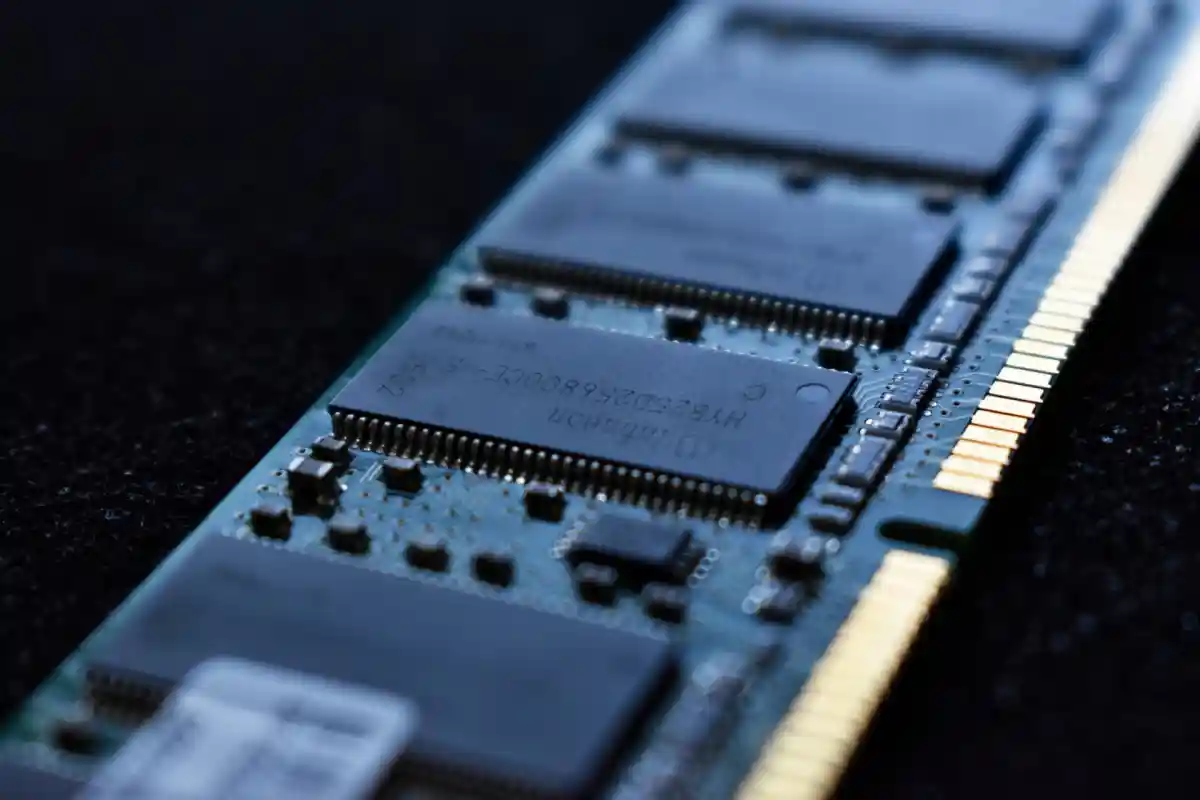
As an international standards organization, it needs efficient internal and external coordination to promote industrial development rapidly. Since its establishment one and a half years ago, IPEC has continued to strengthen the standardization of the organization’s internal operations around the organization’s vision and has successively established a sound organizational structure and various rules and regulations related to operations, effectively supporting the efficient internal operation and external coordination of IPEC.
The organizational structure of the IPEC International Optoelectronics Committee includes the Board of Directors (BoD), technical committees, etc. Currently, there are 7 members of the BoD, who are nominated and elected by core member units, and exercise the responsibilities of IPEC organization operation and management; the technical committee has a working group (Work Group).
The leader of the working group is nominated by the BoD and appointed by members through voting and performs the operational management duties of the technical project group. There are currently 5 areas of technical working groups:
The first is the network and system: it is composed of operators and OTT manufacturers. According to the discussion of network construction planning, it outputs research reports and demands analysis on optoelectronic standards and products.
The second is optoelectronic technology: focusing on industrialization projects with a clear technical direction, such as the next-generation wireless fronthaul optical module, Beyond 400GE (coherent/PAM4), 50/200/400GE Gen# physical layer technical solutions and index parameters that the industry is concerned about, Output standard text.
The third is packaging protocol: study module packaging, mechanical dimensions, heat dissipation design, interface protocol, PIN definition, etc., and output standard text.
The fourth is cutting-edge technology: research on advanced optical technology facing industry uncertainties, similar to chip output (OIO/CPO), silicon photonics and optical device technology (manufacturing, modulation), output research reports, prototypes, etc.
The fifth is the test platform: unified measurement methods, interconnection test Plug Fest, certification, and output test reports.
Gather industrial power, take optoelectronic technology research as the forerunner, and continue to build industrial influence. At the beginning of its establishment, IPEC attracted leading organizations and enterprise members in the field of optoelectronics with its open, equal, unified, and innovative working principles; with the operation of the technical working group and the active participation of team members, IPEC continued to promote standards in the field of optoelectronics Collaboration and innovation, a series of research results have been released on the International Optoelectronics Standards and Industry Forum, which has been highly recognized by the industry and has attracted the attention of more partners. The current number of members has increased from 13 at the start-up stage to more than 30 and was invited to introduce the progress of IPEC at the OIF Q421 plenary session, and negotiate to establish a long-term liaison relationship.
For the 800G standard project for data center short-distance interconnection, the IPEC Physical Layer Specification (PMD) working group will formulate the 800G standard in two steps: the first-generation 800G standard is based on the 100G/Lane 800G optical layer architecture & optical port indicators, focusing on the single-mode optical fiber 500m/2km specification standard meets the recent market demand, and is currently in the discussion of detailed optical interface specifications. The second-generation 800G/1.6T standard is expected to start in 2022. The solution reuses 800G/1.6T applications and integrates with OIO technology to provide the market with a mature and low-cost next-generation rate standard;
The next-generation 5G fronthaul optical module evolution project for operators, with the evolution of wireless 5G, more antennas and wider frequency bands will be widely used in wireless fronthaul scenarios, and the optical transceiver rate will be increased from the current 25Gb/s to 50Gb/s, 100Gb/s optical module, etc., the wireless fronthaul scenario needs to cover the transmission distance within 10km, and hopes to share the underlying technology with the data center and the transmission and access field.
The PMD physical layer working group will cooperate with various operators, equipment and module manufacturers opinions, unify the consensus of the fronthaul industry, study technical challenges and solutions under new scenarios and new rates, define the optical parameters and electrical parameters of wireless fronthaul, and give guidance on the design of optical chips, electrical chips, and algorithms;
The 400G optical module interoperability test platform project for short-distance high-speed Ethernet. In order to support the large-scale commercial use of 400G optical modules in data centers, IPEC launched the 400G optical module interconnection test platform project in the test platform working group. The advanced interface index and interconnection test help optical module manufacturers and their customers identify potential problems and risks early, and shorten the time required for scale-up.
IPEC links innovative research with standardization, actively expands international cooperation in standardization, and promotes the establishment of optoelectronic standards in an orderly manner. IPEC integrates “innovative project research” and “domestic and international standardization transformation of achievements”, and cooperates with Internet companies to complete 800GE and next-generation chip solution standard projects, and cooperates with domestic operators to study 5.5G-oriented fronthaul optoelectronic standards, and builds a “standardization” achievement transformation A bridge to realize the standard industrial layout of the optoelectronics field collaboration.
In terms of international standardization cooperation, IPEC has actively expanded, and successively joined hands with key optoelectronic industry and operator partners in China and Japan to host summits, forums, and special seminars for future technology and industrial evolution, continuously deepening and leading innovative research topics, and supporting international optoelectronics.
The orderly development of the industry has also established a long-term cooperative relationship with industry partners. At present, IPEC has cooperated with internationally renowned standards organizations IEEE and OIF to jointly promote the direction of photoelectric frontier technologies such as CPO/OIO.
As an open standards organization, IPEC has gathered momentum to cooperate. It welcomes operators, cloud service companies, equipment manufacturers, module manufacturers, chip device manufacturers, research institutions, and industrial partners to join in and jointly discuss the standards and specifications in the field of optoelectronics and the development trend of future technologies.
Looking forward to the future, with the full cooperation of the industry, the advanced technology represented by optoelectronics will glow with unprecedented vitality, and the innovative application technology of optoelectronics will be more closely combined with life, resulting in more intelligent applications.






